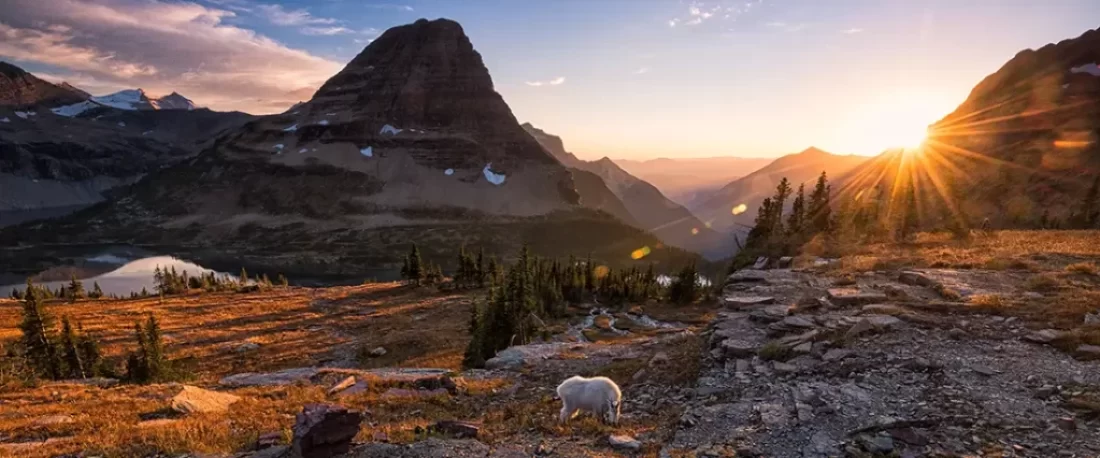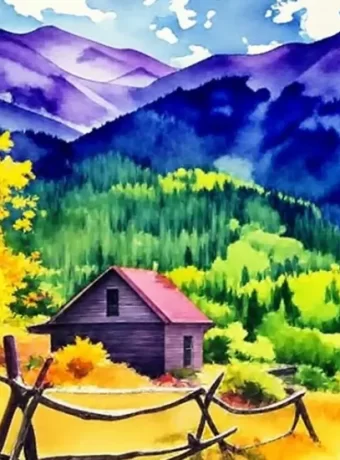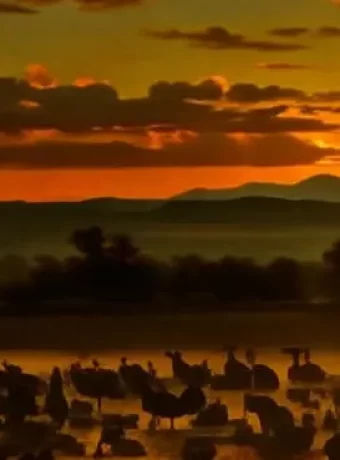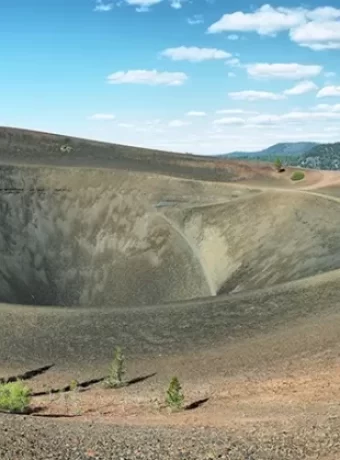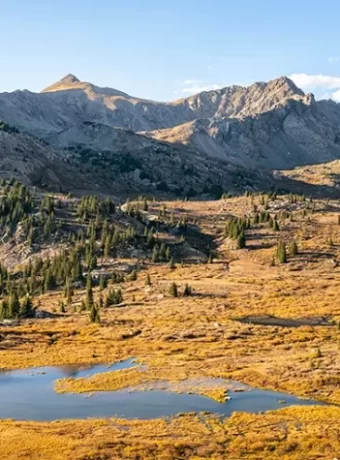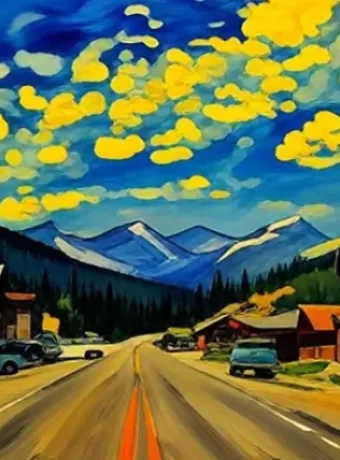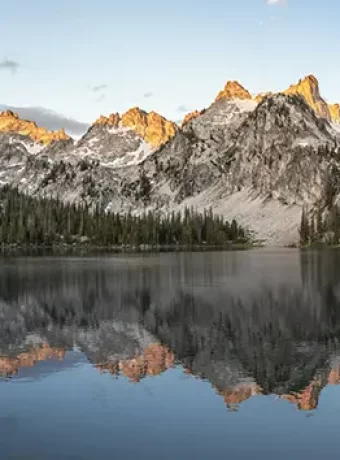Exploring Glacier National Park History a Rich History of Exploration
Stepping into Glacier National Park History is like stepping back in time. The park’s history isn’t just about pretty views; it’s a story woven with geological time, indigenous cultures, and westward expansion. This exploration of Glacier National Park unveils the people and events that shaped this iconic landscape.
Glacier National Park history stretches back before its 1910 establishment. This area has seen dramatic change over millions of years.
Table of Contents
A Timeline of Glacier National Park History
This timeline highlights key moments in the park’s history:
| Date | Event |
|---|---|
| 1.6 Billion Years Ago | Sedimentary rocks of the Belt Supergroup begin forming in ancient seas. |
| 170 Million Years Ago | Rocky Mountains rise due to shifting tectonic plates. The Lewis Overthrust pushes billion-year-old rock eastward, creating features like Chief Mountain. |
| 100 Million Years Ago | The Western Interior Seaway deposits mud, creating marine fossils. |
| 12,000 B.C. – 1800s | Glaciers carve valleys and lakes. Indigenous peoples, including the Blackfeet and Salish tribes, call the region home for millennia. |
| 1800s – Early 1900s | Westward expansion brings explorers, miners, and settlers. |
| 1885 | George Bird Grinnell first visits, later advocating for the park’s creation. |
| 1910 | President Taft signs the bill establishing Glacier National Park, America’s tenth national park. |
| 1930s | Going-to-the-Sun Road opens. Hotels and lodges are built by the Great Northern Railway. The Civilian Conservation Corps conducts extensive conservation work during the Depression. |
| 1974 | Glacier National Park becomes an International Biosphere Reserve. |
| 1995 | Glacier is designated a World Heritage Site. |
Note: Adapted from sources such as the National Park Service
Early Inhabitants and Exploration
Long before becoming a national park, the land was home to Native American tribes. The Blackfeet Nation roamed the eastern plains. The Salish and Kootenai tribes lived in the western valleys.
They crossed the mountains for hunting, gathering, and trade. The mountains hold significant meaning in these tribes’ history and culture.
European explorers arrived in the 19th century, seeking beaver pelts. Miners and settlers followed, drawn by opportunity.
The Birth of a National Park
By the late 1800s, George Bird Grinnell campaigned to preserve the region. He used his writings and advocacy, particularly through Forest and Stream magazine, to argue for protection. His efforts aligned with the growing conservation movement.
Grinnell’s vision included protecting nature, wildlife, and Native American cultures. This reflected a more holistic approach to conservation. In 1910, President Taft signed the bill creating Glacier National Park.
Development and Conservation
After Glacier’s founding, the Great Northern Railway built hotels, chalets, and offered horseback riding opportunities. This aimed to attract tourists and create unforgettable experiences.
Going-to-the-Sun Road opened, providing vehicle access across the park. During the Great Depression, the Civilian Conservation Corps carried out important projects. These projects ranged from trail construction to fire hazard reduction. Today, Glacier is an International Biosphere Reserve and a World Heritage Site.
Glacier National Park is an International Biosphere Reserve
Glacier National Park isn’t just a normal park. It’s a special place, so special that it’s recognized worldwide. The park earned the title of International Biosphere Reserve in 1976. This tells you something about how important this area is for both people and nature.
But what does “International Biosphere Reserve” really mean? It’s a big deal, actually. These reserves are picked by the United Nations. They’re places that show how humans and nature can live together. Biosphere reserves have three main jobs:
- Protecting nature: This means keeping the natural environment healthy and safe. Glacier National Park does this by protecting its plants, animals, and amazing landscapes. Think mountains, glaciers, and forests.
- Helping people: Biosphere reserves need to support the people living there. This includes things like having good jobs and education. Glacier National Park supports local communities through tourism and other activities.
- Supporting research: Scientists study these areas to learn more about nature. They also want to find better ways for people and nature to exist together. Glacier National Park is a living laboratory for all sorts of scientific studies, especially about glaciers and climate change.
The Blackfeet and Flathead tribes have lived in this area for centuries. Their history and culture are a huge part of Glacier National Park. The park helps to protect these important cultural resources. The Great Northern Railway played a big part in the park’s early tourism. But now, there’s a big focus on protecting this special place. This benefits everyone.
The park is still changing. The glaciers are melting because of global warming. This creates challenges for the plants, animals, and people who depend on the glaciers. Scientists are working hard to study these changes. They are looking for ways to help protect the park for the future. So, when you visit Glacier National Park, remember you’re in a special place. It’s a place where people are working hard to keep nature beautiful. It’s also a place where history is alive, from the Native American tribes to the Great Northern Railway.
Glacier National Park is Home to Abundance of Wildlife
Imagine this: You’re hiking through a field of wildflowers. A grizzly bear strolls out of the trees. It’s an experience you won’t soon forget. Glacier National Park is a true wild wonderland. It’s teeming with all sorts of amazing creatures.
But the park’s history shows us this wasn’t always the case. Early European settlers and hunters significantly impacted the area’s wildlife. They hunted many animals nearly to extinction. This really messed things up. Thankfully, the creation of Glacier National Park in 1910 helped. The park began protecting these animals.
Today, the park protects a huge range of animals. You might see mountain goats scaling cliffs. Or maybe you’ll spot bighorn sheep grazing in alpine meadows. Keep your eyes peeled for elk, deer, and moose. These animals wander through forests and valleys. And don’t forget about the predators! Glacier is home to both grizzly bears and black bears.
If you’re lucky, you might even catch a glimpse of a wolverine. Wolverines are elusive creatures. They’re rarely seen by people. Or perhaps you’ll spot a lynx or bobcat. These stealthy hunters prowl through the underbrush.
The park’s many rivers and lakes provide a home to lots of fish. Native fish like the west-slope cutthroat trout thrive here. This makes the park a popular spot for fly fishing. Birdwatchers will also be thrilled. Over 260 bird species have been spotted in the park. Look up! You might see a golden eagle soaring high above. Or maybe you’ll catch a glimpse of a harlequin duck diving in a stream. These birds add another layer of wonder to this incredible place. That it is, I spent several years as a fly fishing guide floating the North Fork and Middle Fork of Flathead River. Learn more about Montana Fly Fishing.
Remember, these animals are wild. You should always keep a safe distance. Store your food properly. Never approach or feed the wildlife. By respecting the animals and their habitat, you help protect this special place for years to come.
Planning a Pole Bridge and Bowman Lake Trip
Glacier National Park boasts some seriously cool hikes. But the hike to Polebridge and Bowman Lake stands out. It’s a bit off the beaten path, which makes it even better. This area sits on the western side of the park. It’s a perfect spot for adventure travelers looking for something different. This isn’t a quick stroll. It’s a true trek. So, get ready to dive into the wilderness.
First, you’ll want to think about how you’re getting to Polebridge. Most folks drive. The road can be rough, though. A high-clearance vehicle is a good idea, especially if it’s rained recently. If you don’t have one, no worries. You can park at the Red Meadow Lake trailhead. Then, catch the shuttle.
Once you get to Polebridge, grab a snack at the Mercantile. It’s a famous spot. They have amazing pastries. It’s the perfect fuel for your hike. Bowman Lake is a few miles past Polebridge. The road is even rougher there. So, hiking or biking is smart.
The hike itself is gorgeous. You’ll pass through thick forests. Keep your eyes peeled for wildlife. Glacier National Park is full of it. You might spot a deer. Or maybe even a bear! Make sure you carry bear spray and know how to use it.
When you finally reach Bowman Lake, you’ll know it was worth it. The water is crystal clear. The mountains rise up around it. It’s stunning. This area has a cool history, too. Native Americans used to live here. The Blackfeet Tribe were on the east side of the park. The Flathead Tribes (Salish & Kootenai) lived on the west.
There are a bunch of things to do at Bowman Lake. You can chill on the shore. You can swim (if you’re brave, that water is cold!). Or you can rent a boat and go fly fishing. The cutthroat trout fishing is awesome. Backpacking is also a big draw here. There are campsites near the lake. Make sure you reserve a spot in advance, though. They fill up quickly, especially in summer.
This trip to Polebridge and Bowman Lake isn’t a typical tourist experience. It’s an adventure. It’s a chance to see a quieter side of Glacier National Park. So, pack your boots. Get ready to explore.
Planning a Two Medicine Lake Trip
Two Medicine Lake sits on the east side of Glacier National Park. It offers a quieter experience. This makes it perfect if you want a break from the crowds. But don’t think “quiet” means boring. Two Medicine is packed with stunning scenery and awesome activities.
Getting to Two Medicine is an adventure itself. You’ll drive along a scenic road. This road follows the Two Medicine River. Keep your eyes peeled for wildlife! You might see deer, bears, or even moose.
Once you arrive, you have some choices. You can hike around the lake. This is a great way to see the area. Or, take a boat tour. This gives you a different perspective of the surrounding mountains. If you’re feeling adventurous, rent a kayak or canoe. Paddle around the lake at your own pace.
There’s more than just the lake, though. Several hiking trails branch out from Two Medicine. These trails lead to waterfalls, alpine meadows, and breathtaking overlooks. One popular hike is to Running Eagle Falls. This is a beautiful waterfall cascading down a cliff face. Another great option is the hike to Upper Two Medicine Lake. This hike is a little more challenging. But the views are totally worth it.
If you enjoy fishing, Two Medicine Lake is a great spot. The lake is full of trout. Cast a line from the shore or rent a boat. Just remember to get a fishing license first. This is important!
Thinking about staying overnight? Two Medicine Campground is right by the lake. You can enjoy the peace and quiet of the park after the day-trippers leave. Wake up to the sunrise over the mountains. It’s an amazing experience. Just remember to make reservations in advance. Campgrounds fill up quickly, especially during peak season.
No matter how you choose to spend your time, Two Medicine Lake is a must-see in Glacier National Park. Its stunning beauty and peaceful atmosphere make it a true gem.
Glacier National Park: Conservation and Current Issues
Today, this ecosystem faces climate change. Scientists monitor melting glaciers, helping predict future conditions.
This information provides insight into broader global climate change effects. Glacier National Park’s archives contain a wealth of information related to these issues. Protecting these landscapes requires international cooperation.
FAQs about Glacier National Park History
What is a brief history of Glacier National Park?
Glacier National Park, established in 1910, boasts a rich history, from ancient geological formations and indigenous inhabitants to westward expansion. Its development involved conservationists like George Bird Grinnell, railway expansion, and Civilian Conservation Corps projects. Today, the park focuses on conservation.
What is the history behind Glacier Bay National Park?
Glacier Bay National Park in Alaska has a different history from Glacier National Park in Montana. Glacier Bay was first inhabited by Tlingit peoples. Glacial activity dramatically reshaped it.
Designated a national monument in 1925 and a national park and preserve in 1980, it shows a unique environment shaped by glaciers. The annual report details more on this park’s rich past. West Glacier is an official entry point for more exploration.
What happened in 1967 in Glacier National Park?
A major avalanche struck near Sperry Chalet on February 16, 1967. Two park rangers lost their lives in this tragic event. The rangers lived in provided government housing.
How many glaciers are left in Glacier National Park?
As of 2022, 25 active glaciers remained in Glacier National Park. The continued shrinking of these glaciers are a normal indication of global change as we travel through the universe.
Rising temperatures from climate change patterns continue melting them, and some are losing their glacial status. New lakes might form if further glacial melt fills deeper valleys.
Conclusion of Glacier National Park History
Glacier National Park’s history reminds us of nature’s power and fragility. Exploring national parks offers valuable insights into complex environmental and historical dynamics. Places like Waterton Lakes National Park are affected by climate, geology, and social factors.
